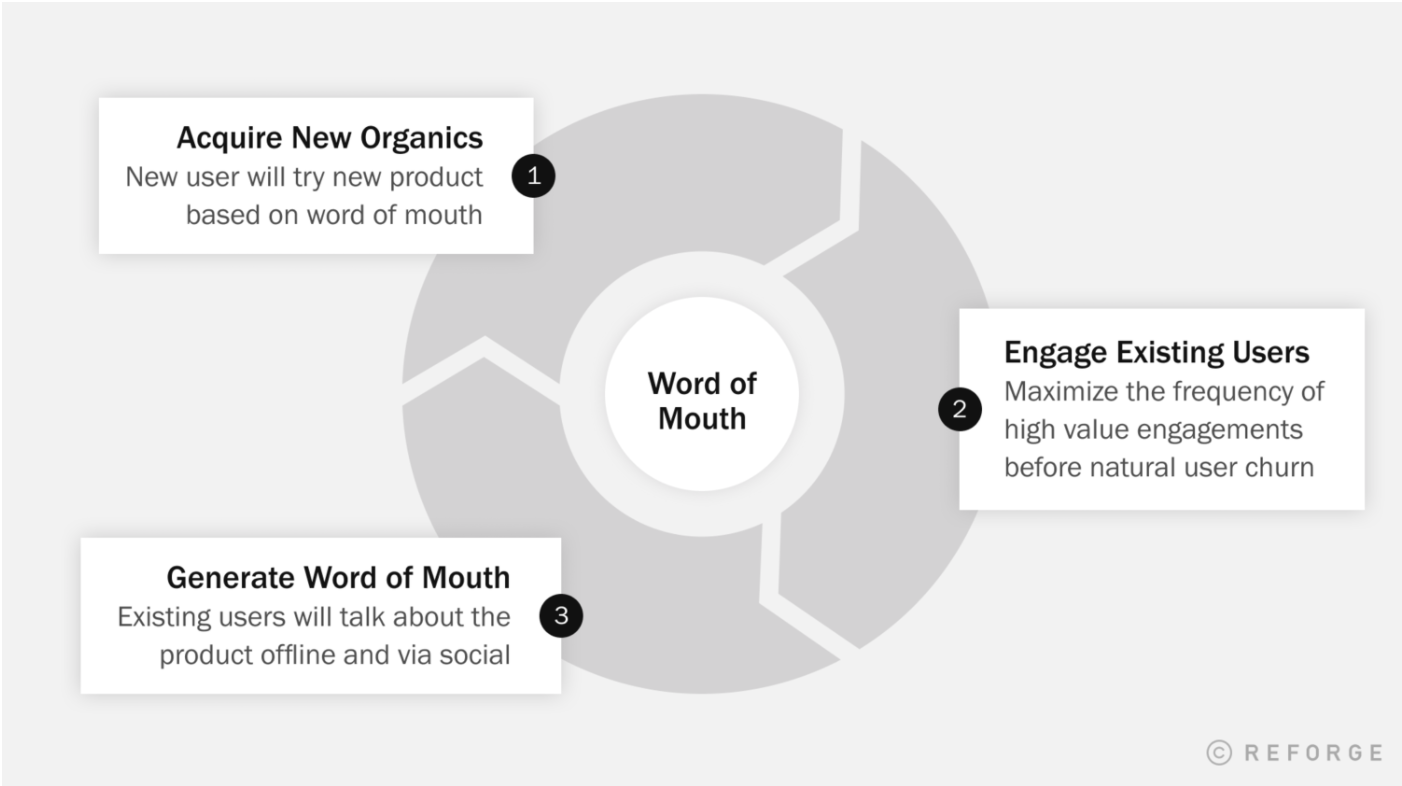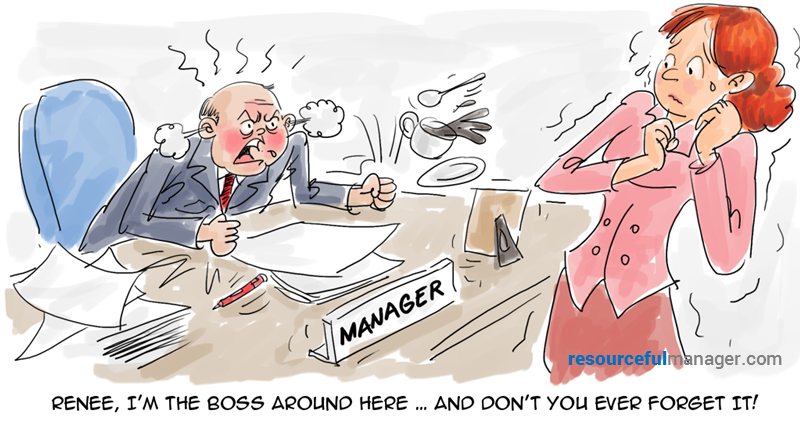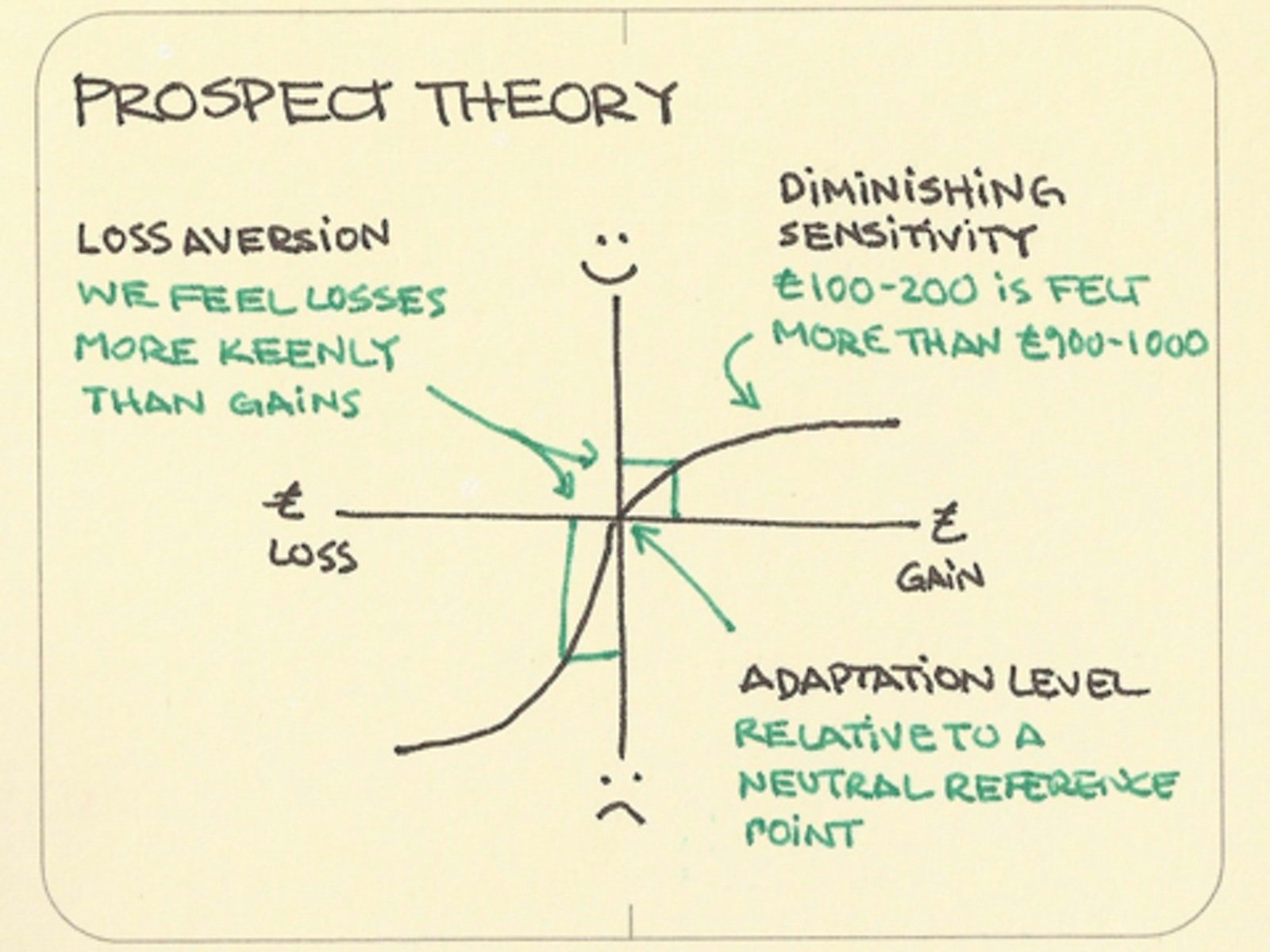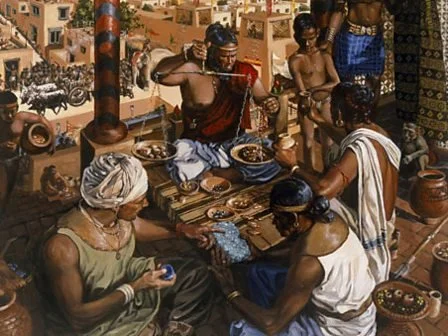Launching a new online learning product? Do you have a word of mouth strategy?
Think about the last time you purchased, experienced or simply just tried something new. Why did you do it? In all likelihood, your decision was influenced by a friend or colleague. Here’s my example. I was keen to learn more about decision making, leadership and workplace behaviours, and came across the ‘Farnam Street’ blog by Shane Parrish while overhearing my boss speak about it near the water-cooler. After reading it the first time and having found value, I upgraded to the premium version and this has now become my default go-to resource on this topic.
Word of mouth is more effective than traditional advertising. Ads are not really credible as they will always argue that their products are the best. Our friends, however, tend to tell it to us straight. Their objectivity, coupled with their candidness, make us much more likely to trust, listen to, and believe our friends. Talking and sharing are some of our most fundamental behaviours. These actions connect us, shape us, and make us human. In today’s hyper competitive world, a single recommendation can have far greater impact.
78% of people rave about their favourite recent experiences to people they know at least once per week.
According to Nielsen, 92% of people trust recommendations from friends and family over any other type of advertising.
32% of people come across new podcasts from word-of-mouth recommendations, and 29% specifically from friends’ recommendations.
But word of mouth can be hard to measure hence most companies don’t have a clear strategy for it. Fortunately, there are now ways to calculate the effectiveness of word of mouth for digital products. One such way is the Word Of Mouth (WOM) coefficient that tracks the rate at which active users generate new users via word of mouth. The Word of Mouth Coefficient has two components:
New Organic Users: First time product users that we consider to be driven by word of mouth (i.e. they can't be traced to any trackable source such as a paid digital ad). This is the numerator and what we are trying to predict.
Active Users: The denominator of the ratio is everyone else: Returning Users + Non-Organic New Users.
Source: https://www.reforge.com/blog/word-of-mouth-coefficient
At the center of the Word of Mouth Coefficient is the assumption that active users predict new organics. This conceptually makes sense. Active users are more likely to talk about your product than those who have never used it or have stopped using it.
Source: https://www.reforge.com/blog/word-of-mouth-coefficient
Now that we have ways to measure the effectiveness of word of mouth, how does one devise a word of mouth strategy for a new product? How does one generate buzz to cut through the clutter to create a conversation piece? Being a learning junkie, I dug into Jonah Berger’s ‘Contagious: Why things catch on’ to find some timeless principles on the psychology and science of social transmission in order to get people talking. I have used these principles to showcase examples that are present in the book as well as explore ways to promote Harappa’s new online learning product that can help professionals improve their performance by helping them improve everyday behaviours at the workplace.
Principle 1: Social Currency
The desire for social approval is a fundamental human motivation. People share things that make them look good to others. What people talk about also affects what others think of them. Word of mouth, then, is a prime tool for making a good impression-as potent as a new car or a Louis Vuitton handbag. Think of it as a kind of currency. Social currency. Just as people use money to buy products or services, they use social currency to achieve desired positive impressions among their families, friends, and colleagues. Give people a way to make themselves look good while promoting your products and ideas along the way. There are three ways to do that.
Find inner remarkability: The key to finding inner remarkability is to think about what makes something interesting, surprising, or novel. Does the product stand out and do something no one would have thought possible? Are the consequences of the idea or issue more extreme than people ever could have imagined? One way to generate surprise and get people to talk about something is by breaking a pattern people have come to expect - like putting black toilet paper in the bathroom during a party!
Snapple facts are so infectious because they are remarkable. They are so surprising and entertaining that it's hard not to want to share them with someone else.
Will it Blend?
By finding the product's inner remarkability, Blendtec was able to increase sales by 700% in 2 years by getting millions of people to talk about a boring old blender. A product that seemed anything but word-of-mouth worthy. And they were able to do it with no advertising and a fifty-dollar marketing budget.
Online learning to enable behaviour change
Behaviour Facts: A quirky digital campaign showing how the smallest of behaviours at the workplace (that we all tend to ignore or be unaware of) can have a disproportionate impact on performance. Example: we make close to 35,000 decisions a day. Poor decisions can cost companies billions of dollars and managers at a typical fortune 500 company may waste more than 500,000 days a year on ineffective decision making.
Leverage game mechanics: Game mechanics can motivate us internally. We all enjoy achieving things. Tangible evidence of our progress, such as solving a tough Solitaire game or advancing to the next level of Sudoku puzzles, makes us feel good. Discrete markers motivate us to work harder, especially when we get close to achieving them. But game mechanics also motivate us on an interpersonal level by encouraging social comparison and publicising our achievements. People don't just care about how they are doing, they care about their performance in relation to others.
Foursquare, the location-based social networking website, lets users check in at bars, restaurants, and other locations using their mobile devices. Checking in helps people find their friends, but Foursquare also awards special badges to users based on their check-in history. Check in most to a location to be crowned the mayor of that location. Check in to five different airports and get a Jetsetter badge. Not only are these badges posted on users' Foursquare accounts, but because they provide social currency, users also prominently display them on their Facebook pages.
Frequent flier programs have motivated millions of people to pledge their loyalty to a single airline and stop over in random cities or fly at inopportune times just to ensure that they accrue miles on their desired carrier. And every time people proudly share their frequent flier status, they’re also spreading the word about their favourite airline.
Online learning to enable behaviour change
Behaviour Miles: A ‘learn to earn’ rewards program where learners get rewarded with learning miles based on how much time they spend learning online. Completing projects, assignments and giving other learners feedback can help earn double the number of learning miles. Coworkers who observe positive behaviour in others, can show their appreciation by awarding triple the number of miles. These learning miles can then be redeemed for rewards such as books, access to mentors and discounts on office stationery, office wear and gadgets.
Make people feel like insiders: If people get something not everyone else has, it makes them feel special, unique and high status. It makes them feel like insiders. Both scarcity and exclusivity can be used to make this possible. Scarcity is about how much of something is offered. Scarce things are less available because of high demand, limited production, or restrictions on the time or place you can acquire them. Exclusivity is also about availability, but in a different way. Exclusive things are accessible only to people who meet particular criteria. But exclusivity isn't just about money or celebrity. It's also about knowledge. Knowing certain information or being connected to people who do.
The Please Don’t Tell Bar
Here's a little secret about secrets: they tend not to stay secret very long. As it turns out, if something is supposed to be secret, people will be more likely to talk about it. Please don’t tell is an award winning New York City cocktail bar hidden behind a phone booth. It has 45 seats and doesn't allow more people than that in. Because it is hidden, only certain people know it exists. Everything about Please Don't Tell suggests that you've been let into a very special secret.
Rue La La makes people feel like insiders and smartly leverages the urgency factor. It’s an invite only high end designer goods website focused on “flash sales” in which the deals are available only for a limited time of 24 hours. The site sells out 40 to 50% of items within the first hour. The brand unleashes the power of friends telling friends as you have to be invited by an existing member.
Online learning to enable behaviour change
Ways to make a workplace learning product scarce and exclusive can include an invite only membership model.
Behaviour NFTs: Learners can convert their learning miles to a limited number of digital NFTs that are associated with the right workplace culture and behaviours (fostering trust, embracing a growth mindset, effective articulation, staying curious, etc.)
Take part in “flash behaviour sprints” to get access to secret performance boosting learning content that’s not available to everyone
Access a community to interact with reputed faculty across the globe
Source: https://roaringleaders.io/
Principle 2: Triggers
Triggers and cues lead people to talk, choose, and use. They are the foundation of word of mouth and contagiousness. Triggers are stimuli in the surrounding environment that can determine which thoughts and ideas are top of mind. They are like little environmental reminders for related concepts and ideas. Why does it matter if particular thoughts or ideas are top of mind? Because accessible thoughts and ideas lead to action. Triggered products not only get people talking, they keep them talking on an ongoing basis. So rather than just going for a catchy message, consider the context. Think about whether the message will be triggered by the everyday environments of the target audience. Top of mind means tip of tongue.
An experiment showed how the genre of music that played in the backdrop of a grocery store affected the kind of products purchased. When French music was playing, most customers bought French wine. When German music was playing most customers bought German wine. The music made ideas related to those countries more accessible, and those accessible ideas spilled over to affect behaviour and thus sales.
Budweiser’s “Wassup” commercial wasn't the cleverest, but it became a global phenomenon. A big part of this success was due to triggers. Budweiser considered the context and learnt that “Wassup” was a popular greeting among young men back in 2006. Just greeting friends triggered thoughts of Budweiser in Budweiser's prime demographic.
Online learning to enable behaviour change
A great trigger that a workplace learning product can leverage is meetings. Humans spend close to 90,000 hours of their life at work and 30% of this time is in meetings. A digital campaign can leverage the different kinds of meetings to trigger behaviour change and boost performance at work.
Source: https://blog.lucidmeetings.com/blog/16-types-of-business-meetings
Principle 3: Emotion
When we care, we share. Emotional sharing is like social glue, helping us maintain and strengthen relationships. Sharing emotions helps us connect with one another by highlighting our similarities and reminding us about how much we have in common. Research has found that we share the most when we feel emotions that are highly arousing such as a sense of awe, anger and anxiety. When aroused we do things. We wring our hands and pace back and forth. We pump our fists in the air and run around the living room. When trying to use emotions to drive sharing, pick ones that kindle the fire: select high-arousal emotions that drive people to action. On the positive side, excite people or inspire them by showing them how they can make a difference. On the negative side, make people mad, not sad. Focus on feelings rather than harping on features or facts.
Parisian Love: By focusing on feelings, Google turned a normal ad into a viral hit in 2009. The ad traces the journey of an American student moving to France to study, finding love and starting a family. With this ad, the creative team at Google reminded people what they love about Google Search, and that the best results don’t show up in a search engine but show up in people’s lives.
"Evolution" was widely shared because Dove latched onto something people already wanted to talk about: unrealistic beauty norms. It's a highly emotional issue, but something so controversial that people might have been afraid to bring up otherwise. Evolution" brought it out in the open. It let people air their grievances and think about solutions.
Online learning to enable behaviour change
#Nobadbehaviours: Workplace culture and the relationship a professional has with his/her boss is a highly emotive issue. A learning product can leverage that to drive word of mouth with a movement. For example a #respect campaign bringing toxic work cultures and bad behaviours by bosses to the open can tap into the high arousal emotions of anger and anxiety getting people to care and share.
Principle 4: Public (Make it seen)
Behaviour is public and thoughts are private. If something is built to show, it's built to grow. A key factor in driving products to catch on is public visibility. Psychologists call this idea “social proof”. If it's hard to see what others are doing, it's hard to imitate it. Making something more observable makes it easier to imitate, hence the more people talk about it. Further, behavioural residue is when social proof sticks around even when the product is not being used or the idea is not top of mind. The physical traces or remnants that most actions or behaviours leave in their wake.
Steve Jobs was a big believer in observability. He realised that seeing others do something makes people more likely to do it themselves. It’s because of this belief that the Apple logo is placed the way it is on the Mac (when opened) for others to see. It’s also the same reason why the Apple earphones stood out when launched in white, creating a stark contrast to all the other black earphones at the time.
Movember is an annual event involving the growing of moustaches during the month of November to raise awareness of men's health issues, such as prostate cancer. The Movember Foundation succeeded because they figured out how to make the private public. Seeing someone you know suddenly sprout a moustache generates discussion. People usually gossip a bit among themselves until someone gets up the courage to ask the wearer what prompted the new facial hair. And when he explains, he shares the social currency and generates new devotees.
Online learning to enable behaviour change
Behaviour Bands: Taking inspiration from Livestrong by Nike and the world of Karate, different coloured wrist bands can be created based on the type of behaviour one wants to bring out at the workplace (fostering trust, embracing a growth mindset, effective articulation, staying curious, etc.). Another way to make things more public is to design ideas that advertise themselves. Taking a cue from Hotmail, every learner can add their learning miles along with the colour of behaviour band to their email signature, prompting others to become aware of the product.
Principle 5: Practical Value
People like to share practically valuable information to help others. Information others can use. Whether by saving a friend time or ensuring a colleague saves a couple of bucks next time she goes to the supermarket. Passing along useful things strengthens social bonds. Finding Practical Value isn't hard. Almost every product or idea imaginable has something useful about it. Whether it saves people money, makes them happier, improves health, or saves them time, all of these things are news you can use. So thinking about why people gravitate to your product or idea in the first place will give you a good sense of the underlying practical value.
One of the main tenets of prospect theory is that people don't evaluate things in absolute terms. They evaluate them relative to a comparison standard, or "reference point". For the same item, a deal that’s marked down from $350 to $250 seems better compared to $255 to $240. Setting a higher reference point makes the first deal seem better even though the second deal is cheaper in absolute terms.
Online learning to enable behaviour change
Practical value can be brought to light by amplifying how the content of the product can help change behaviours so as to breeze through common workplace challenges such as interviewing for a job, negotiating with your boss, convincing a different team about the benefits of a new idea or presenting insights to the leadership. As people in an organisation are inherently comparing their skills and position to others, the benefits of the product can also be framed using prospect theory where people can be shown how using the product can help them get ahead compared to others. As another example, the benefits of the product (in terms of price, time and effectiveness of the content) can be shown in comparison to getting an education degree (which takes way more time and money, and is not very effective in helping get through everyday workplace challenges).
Principle 6: Story
People don't think in terms of information. They think in terms of narratives and stories. Stories carry a lesson or moral. And while people focus on the story itself, information comes along for the ride. You need to build your own Trojan Horse-a carrier story that people will share, while talking about our product or idea along the way. Virality is most valuable when the brand or product benefit is integral to the story. When iť's woven so deeply into the narrative that people can't tell the story without mentioning it.
In the Panda cheese commercials, the best part of the story and the brand name are perfectly intertwined. That increases the chance not only that people telling the story will talk about Panda the brand, but also that they will remember what product the commercial is for, days or even weeks later. Panda is part and parcel of the story. It's an essential part of the narrative.
Online learning to enable behaviour change
Behaviourverse: The learning product is powered by Harappa. The name comes from the ancient Indus valley civilisation where excellence was paramount and problems were solved using first principles, lasting the test of time (our current methods of city planning among other things date back 5000 years to that era). In the context of intertwining the brand and story, a campaign of stories can be created about how Harappans would go about solving today’s complex problems if they were working side by side with us in organisations, in real time or as digital avatars in the metaverse!
Paid acquisition through channels such as Facebook, Instagram and Google have become significantly more competitive, which is putting increasing pressure on brands’ gross margins (when considering customer acquisition costs). Most people don't realize that people naturally talk about products and organisations all the time. Brands simply need to harness this core human behaviour to drive growth. They can do that by building a Social Currency-laden, Triggered, Emotional, Public, Practically Valuable Story that has a desired message hidden inside.





















